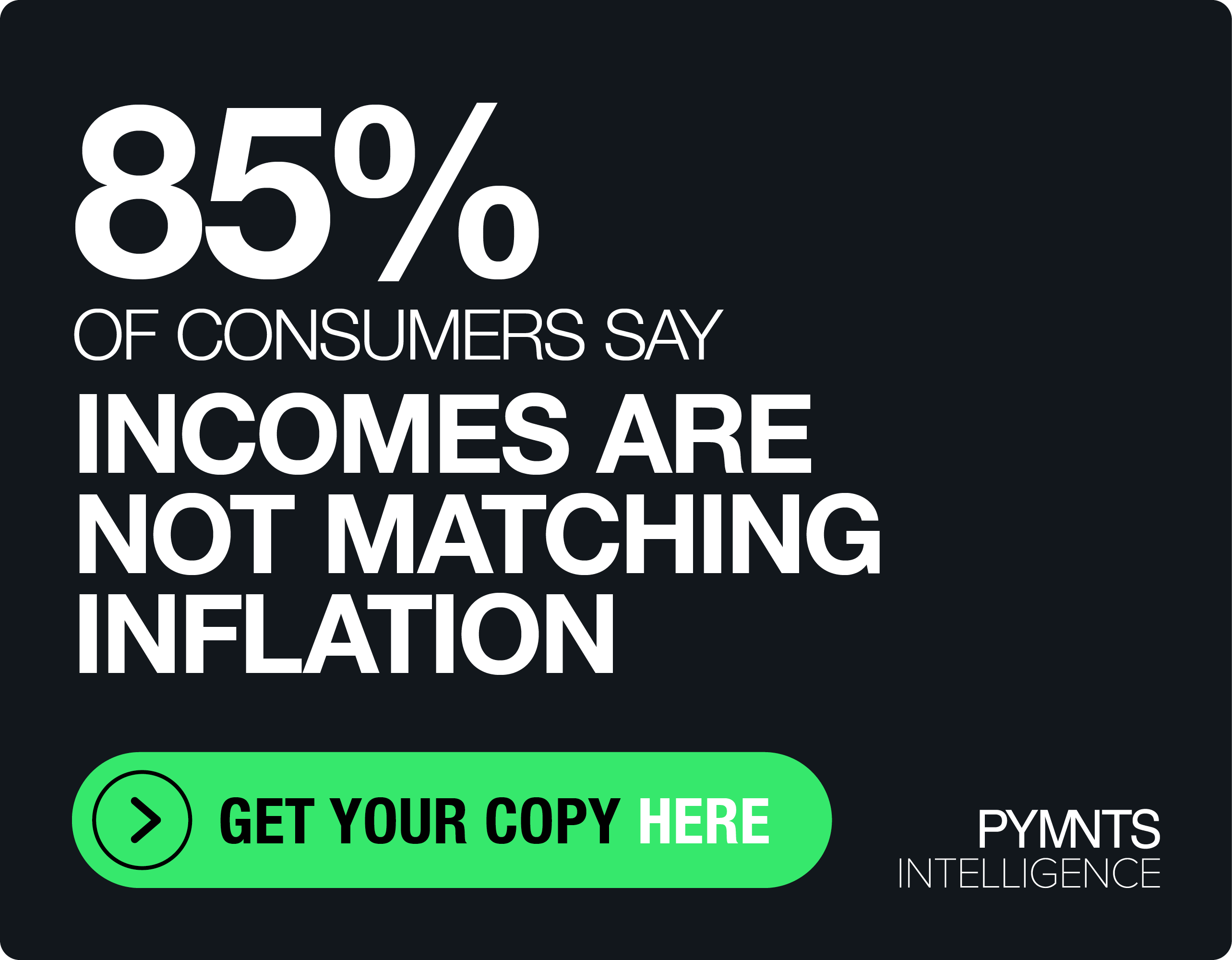Love, Disruption And The $18 Billion Celebration Of Romance

Though Valentine’s Day will not technically be spreading its feathered wings until Tuesday of next week, the majority of Americans will be celebrating this weekend because Tuesday is just about the least romantic day of the week.
It’s why we hold elections on Tuesdays.
Friday through Sunday, however, are the most romantic days of the week, particularly now that football season is over. So that means millions of Americans will find some way to say, “I love you” this weekend to a special someone.
Which means Americans will also be spending some money.
Not that money can buy love — of course. Although the team over at Ava (the Tinder of escort services) would probably like us to remind you that you can transact for a reasonably good facsimile of that on their platform, the real deal is not for sale but is a gift that can be given — but not bought. Love truly has no price tag.
“Thank you,” on the other hand, does. Love may or may not mean never having to say you’re sorry — but it surely requires saying thank you an awful lot, and sometimes thank you is better expressed with gifts.
“Thank you for putting up with me,” “Thank you for taking care of me when I’m sick and grumpy,” “Thank you for killing all the spiders” and “Thank you for calling the fire department when my smartphone spontaneously combusted and I was too soundly asleep to notice the house filling with smoke” — these are all thoughts that can be expressed with words. However, all of those thanks-yous are somewhat better expressed with diamonds, flowers, chocolate and dinner in a restaurant without a children’s menu.
And so we come to our annual Valentine’s Day celebration — where we remember to thank the ones we love for continuing to love us, even if we don’t know how to load or unload the dishwasher and are probably never going to learn.
So how are we celebrating the annual celebration of love and affection in the U.S. this year? The usual — flowers, chocolate, attempts at vertical disruption.
OK, well, maybe it’s not all that usual …
The $18B Celebration Of Affection
As always, jewelry, flowers and candy will be the staples that define the holiday. The latest data from the National Retail Foundation indicates that U.S. consumers will spend $18.2 billion in 2017 splurging on their loved ones. And while that is certainly not a trivial sum, it is worth noting that that figure is actually a pretty short drop-off from 2016 — when consumers spent $19.7 billion. On an individual basis, consumers on average are spending $136.57 on their Valentine this year — down from the $146.84 they shelled out last year.
Jewelry is, as usual, the winning category here — with an estimated $4 billion about to change hands. Engagement rings made a particularly good showing in 2016, according to a poll of independent jewelers, though the same data did note that most of these jewelers don’t consider an engagement ring sale final until at least a week after the holiday has come and gone.
Flowers are the second favorite of Valentine’s spending — with $2 billion expected to sold this year. The remaining approximately $12 billion will be spent on cards, clothes, lingerie and dining out for the holiday.
And for those not looking for a major commerce experience this holiday season — there is good news. The gift most people want is chocolate or candy — 94 percent of consumers named it as their preference.
Single? Thinking about buying your dog a gift? Or married and still thinking about buying your dog a gift — because, frankly, no one loves or understands you like they do? Don’t let anyone shame you — 21 percent of all consumers will buy gifts for their pets.
What Is Love — Without Disruption?
One might argue that by its very nature, love is disruptive, an observation backed up by the plot of Romeo and Juliet, the Twilight series and the lyrics to just about every country song ever written — though we don’t tend to think of Valentine’s Day as a holiday that is all about disruptive innovation.
Which is probably why most of us don’t work at Amazon, where they think every day and every physical object is just waiting to be disrupted. Right down to one’s lingerie.
Yes, just in time for Valentine’s Day this year, Amazon has decided to try its hand at bringing sexy back — for a reasonable price — by offering its own line of bras, for about $10 apiece.
Lingerie has not generally been an eCommerce hit thus far because fit can be an issue for intimate apparel that consumers are not willing to fudge on. But free returns, better fit surveys and shifting preferences toward more simply sized sports bras and bralettes has changed the market and made shoppers a bit more amenable to buying their bra online.
Amazon has noticed — and is moving in for the kill with a price point well below its competitors. Long-term industry players like PVH Corp, Calvin Klein and Victoria’s Secret have built their businesses on bras that retail at around $40. Selling bras as $10 is likely a loss leader, according to experts, since it currently costs Victoria Secret about $10 to get a bra from the production line to its showroom floor.
But it’s a loss leader with a purpose — one that is probably designed to quickly move in an eaten-up market share.
The good news — or goodish news? For this Valentine’s Day, America’s intimate apparel retailers are safe, since Amazon lingerie is for sale only in Europe under the name Iris and Lilly.
Less good? The American launch is predicted over the next few weeks.
Also at least eye-catching in this story? The less-than-enamored grumblings about Amazon’s new move into another niche area of apparel — particularly with respect to how it uses the consumer data it gathers from its online listings. Amazon does not sell its own bras in the U.S., but it certainly sells many brands worth of bras on its marketplace, and some are pointing to this latest expansion as the underlying trouble with starting a romance with the Amazon marketplace: No matter how swept off their feet they are with logistics, Amazon will always benefit more from the relationship.
Will it be enough for brands to break up with Amazon? Hard to say — its logistics are dreamy, and its customer base is hard to argue with. Which means many of those merchants’ marriages may carry on — even if they are more out of convenience than love.
But then, love is a complicated thing, which is why you can’t buy it, as it’s far too complex to manufactured in a lab. But saying thank you to the one you love? Well, that is only a trip to the jeweler, a stop by Amazon or a conversation with a 1-800-Flowers chatbot on Facebook messenger away from being completed, with your payment card of choice in hand (or registered inside your wallet of choice)!
Happy Valentine’s Day!
